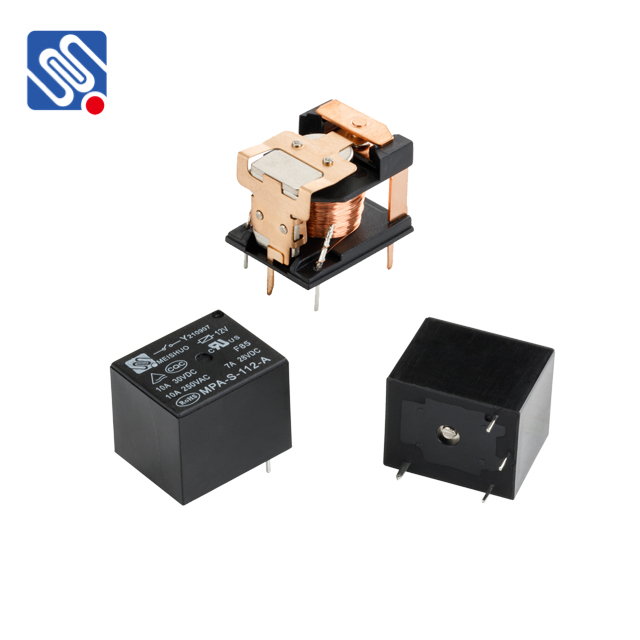Relays are crucial components in electrical systems, offering control over high-power circuits through low-power control signals. A Relay datasheet provides detailed information about the electrical and mechanical characteristics of a relay, helping engineers and designers select the right relay for specific applications. In this article, we will explore the essential sections of a Relay datasheet, what they mean, and why they matter when choosing a relay for your project.

1. Basic Electrical Ratings One of the most important sections of a Relay datasheet is its electrical ratings. This typically includes the rated voltage and current of the relay. These values are vital as they indicate the maximum voltage and current the relay’s contacts can handle when closing or opening the circuit. For example, a datasheet might specify that the relay is rated for 12V DC and 10A. Exceeding these ratings could result in damage to the relay or unsafe operation. It is crucial to ensure that the relay selected matches the voltage and current specifications of the system in which it will be used.